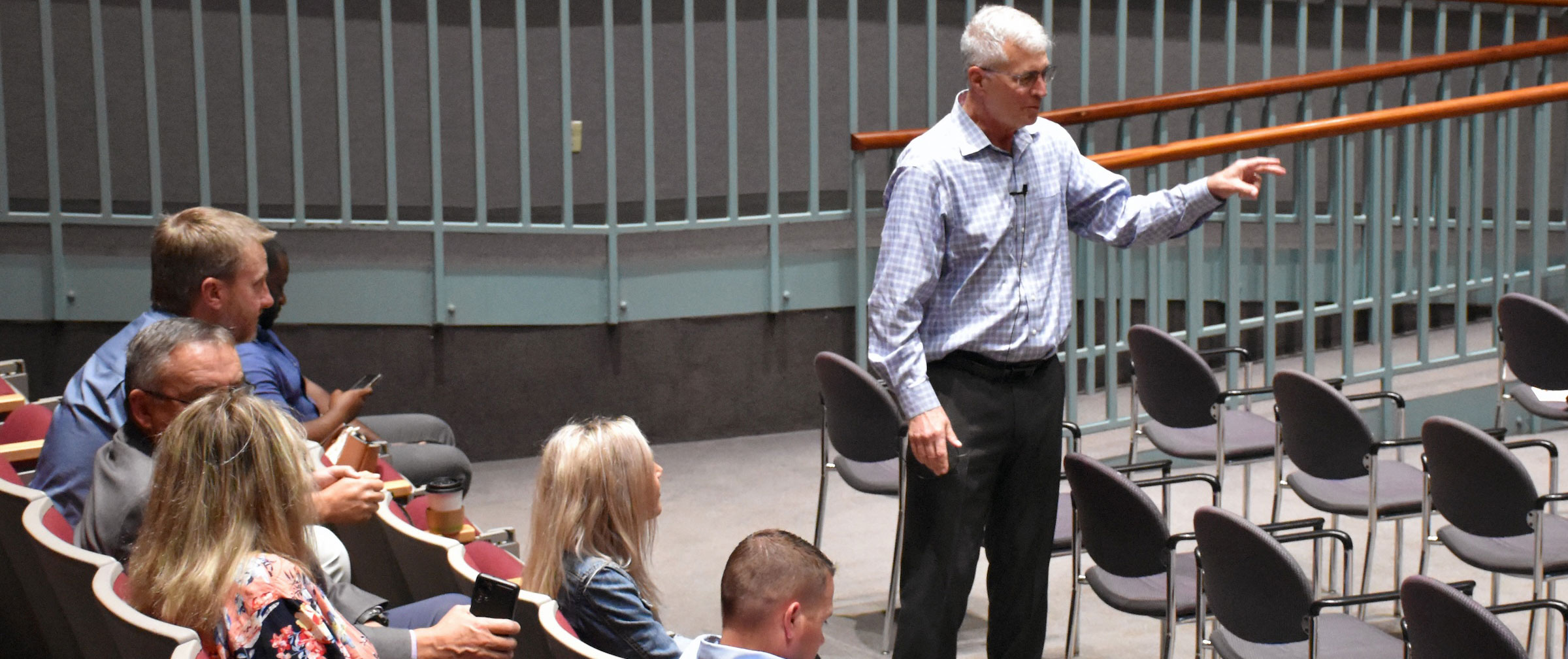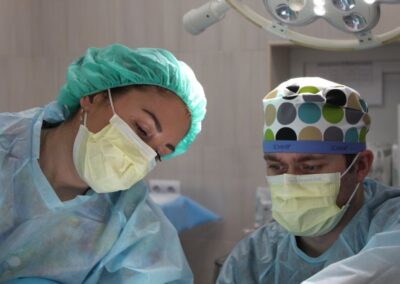“Flatten the Curve”. We hear it every day. What does it really mean for the average person?
Let’s start by looking at the fundamental two-phased approach for any epidemic or outbreak:
1. Containment- There are two components of containment: secure the perimeter of the infection to prevent any future spread outside of that region, and then eradicate the cases within that region, resulting in eliminating the threat. If there has already been spread that cannot be contained, one must move on to the next step-
2. Mitigation- Limit the spread and reduce the burden of disease. Basic mitigation measures include:
a. Sheltering in place/ quarantine
b. Social distancing
c. Wearing masks, personal protective equipment (PPEs)
d. Frequent hand washing
e. Not touching the face or eyes
f. Isolating and protecting the vulnerable, high risk population
g. Isolating new or possible infections by staying home if one has symptoms or has been exposed
If these mitigation efforts are successful, the new infection rate should be reduced and the overall curve of the infection should be blunted or “flattened”. Hence the term.
In March, the President made the unprecedented move to shut down the economy and impose travel restrictions to and from the affected areas. During this time, it became rapidly clear that the actual spread of COVID was worse than previously thought. Pure containment was not possible, and efforts had to be directed toward mitigation.
As we began to quarantine and shelter in place, we heard the expression “flattening the curve” from our elected officials and medical advisors to the point of now becoming a mantra.
It is important to note that flattening the curve does NOT change the total number of cases that might develop over time (the total area under that curve). It just spreads those cases out over a longer period of time. Successful flattening of the curve will therefore result in reducing the number of active infections at any given point in time. To the negative, by reducing the number of cases at any point in time, it will also prolong and delay the time required to achieve “herd immunity”.
There are three critical reasons to “flatten the curve”. We must decrease the number of active cases at any point in time in order to:
1. Not overwhelm the health care delivery system in terms of hospital beds, medications, ventilators, other supplies and very importantly, health care personnel.
2. Maintain an adequate core healthy work force so that the economic infrastructure can still function.
3. Defer the onset of infection in as many individuals as possible, especially those at high risk, into the future where hopefully “good things” will happen, which will then result in decreased total morbidity and mortality.
The “good things” list that would actually reduce total case morbidity and mortality includes:
1. Natural attenuation of the virus- spontaneous, seasonal or otherwise, it goes away
2. Effective medications for prophylaxis or treatment
3. Immunity is developed either through an effective vaccine or population “herd immunity”
Until one or more of these occur, we must dutifully continue all mitigation measures.
Although to date, none have reached fruition, we have seen some optimistic signs. There is evidence that the virus is intrinsically less deadly than it was earlier in the year. We are protecting the vulnerable so that the average age of infection has decreased, which has reduced morbidity and mortality. Certain medications such as remdesvir and dexamethasone have shown a promise to reduce hospitalizations and mortality with other drugs in the pipeline. Several companies seem to be progressing well on the accelerated development of a vaccine, with availability potentially by the end of the year.
Ultimately, the goal is to achieve a mass immunity in the population, often referred to as “herd immunity”. “Herd immunity” exists when enough of the population has been infected and has become immune so that the virus no can no longer replicate within the population, resulting in the virus either becoming dormant, endemic, or even disappearing. Typically, “herd immunity” requires 60-70% of the population to be exposed and develop antibodies to that virus. Optimistically, one study suggests that COVID immunity could be achieved with as little as 20% infected. We simply do not know the number, except that it is much larger than the present number of people infected. We are just beginning the road to immunity.
The problem with just letting a population spontaneously go toward this herd immunity, like the approach in Sweden, is that in order to get to that point, 60-70% of the population has to suffer the disease.
Until some of the “good things” happen, “herd immunity” is a long way down the road, hopefully months, but perhaps years away.
So, here’s what we know for now:
Mitigation efforts will have to continue indefinitely until those “good things” happen.
The economy must continue to rebound and move forward
We now come back to the four dimensions of decision making I discussed in the last blog: medical, economic, political, social.
We need to find the sweet spot that balances the need for the virus mitigation with the imperative to sustain and grow the economy. We will need to manage the political and social consequences of this balance as well, especially as the election draws near, and issues will become further politicized.
There has been a great deal of talk about the economy having opened too soon, especially in response to the rapid rise in new cases over the past month. Given the proximity of the elections, opening too soon has become a political hot potato. Medical/economics/politics/social dimensions are at odds with each other as politicians battle back and forth while Americans continue to succumb to this virus.
A more productive way to resolve this discussion of opening too soon is to say that the issue is not necessarily opening too soon per se, but rather, once the society was opened, many thought we returned to pre-pandemic times with “business as usual” prevailing. Part of the responsibility in this resurgence lies in the fact we all dropped our guard a bit after the frustrations of the initial lock down. And the virus fought back mercilessly.
Similarly, masking has devolved from a medical issue into a social/political issue. Should masks be mandated? Where is the balance between public health and individual rights? Who is protecting the public?
As are now in the complicated process of managing this new resurgence of COVID. Here are some thoughts to keep in mind:
1. Mitigation efforts need to proceed with even more urgency as the overall prevalence of COVID in the general population has increased due to this recent surge in cases. Social distancing and wearing a mask are more important now than ever, as the chance of randomly encountering a patient with COVID is higher given the greater prevalence of the disease.
2. There is some reason for optimism on the “good things” list, but until then, we must continue the course of strict mitigation methods. There is a light at the end of the tunnel, but we are still in the beginnings of this ordeal.
3. We must take all efforts to minimize crowds. The virus is an equal-opportunity infector and loves to be in high concentrations of people. The virus does not care if the crowd is demonstrating, worshiping, watching a sports event, being educated or simply riding a crowded bus. If these encounters must occur, major mitigation efforts as described above are a must. Whether mandated or voluntary, it is a public responsibility for which every American must step up to the plate.
4. Even though we are daily tantalized by potential vaccines in record time, we need to take a long-term approach to our present efforts. Everyone wants this to be an old memory, but until then, we all must work together to achieve the goal of eradicating this virus.
Medical, economic, political, social differences and implications—We must stand together.
I hope this was informative. Next week I will address the issue of Fact vs Opinion, especially in the medical arena about this virus.




